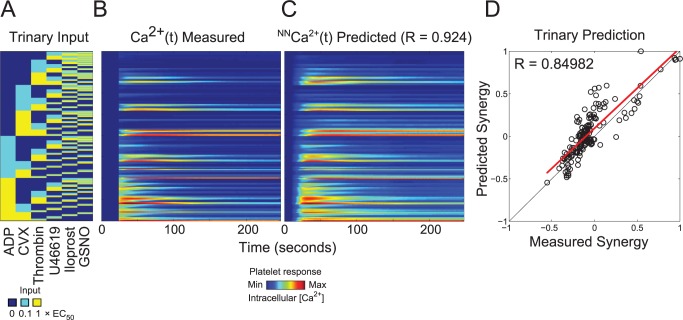Fig 4. Neural network prediction of trinary experiments.
(A) Trinary experiment input conditions: all trinary combinations of six agonists at low and medium concentrations. (B) Measured average calcium time courses of ten donors in the trinary experiments. (C) The neural network trained on the PAS experiments of ten donors was able to fit the measured average trinary experiment calcium traces of those ten donors with a correlation coefficient of R = 0.924. (D) There are 160 trinary synergy scores for the trinary combination experiment. The neural networks were able to fit the measured average trinary synergy scores of those ten donors with a correlation coefficient of R = 0.84982.

